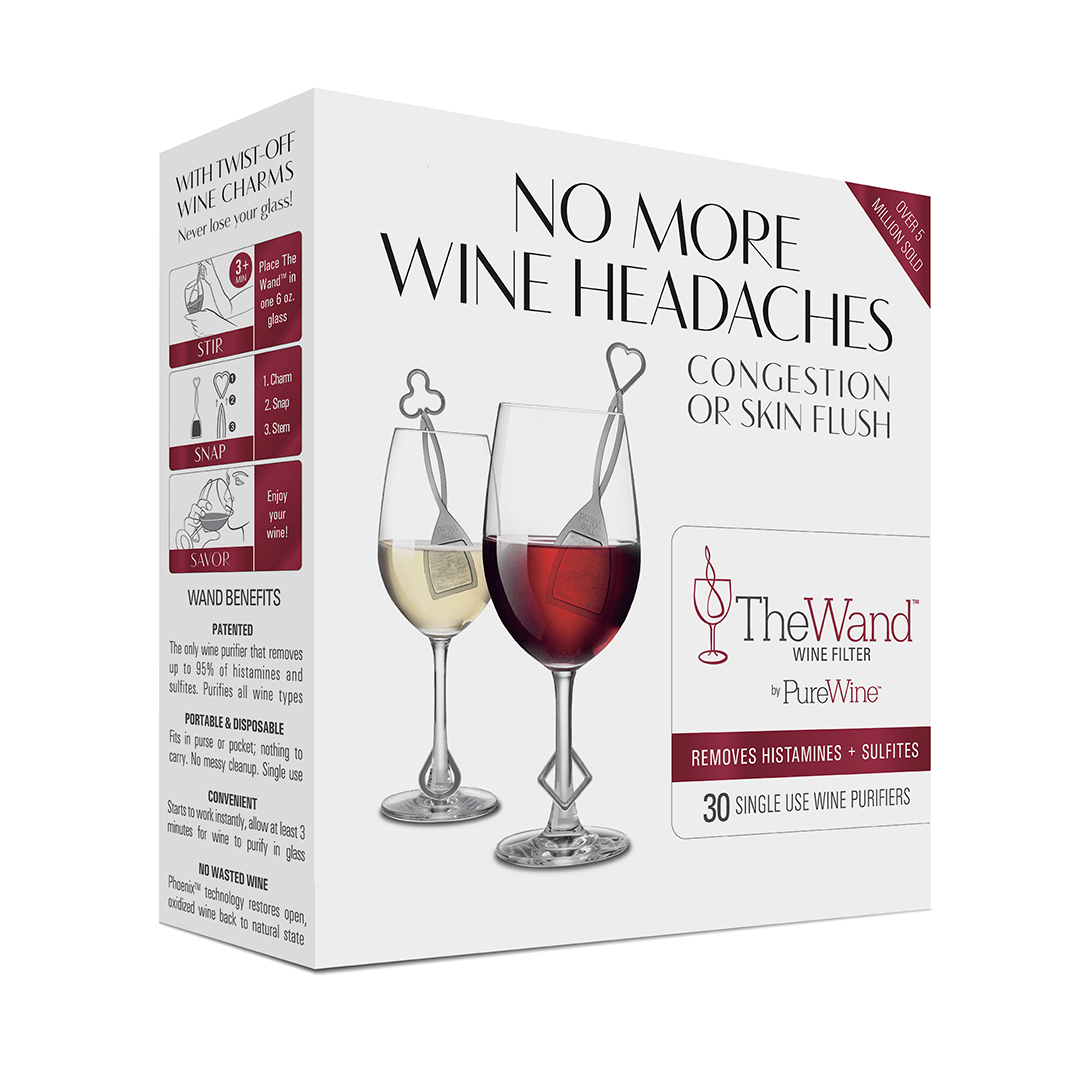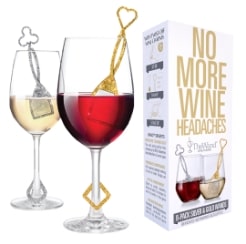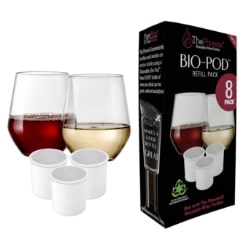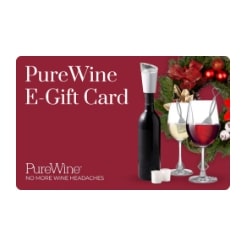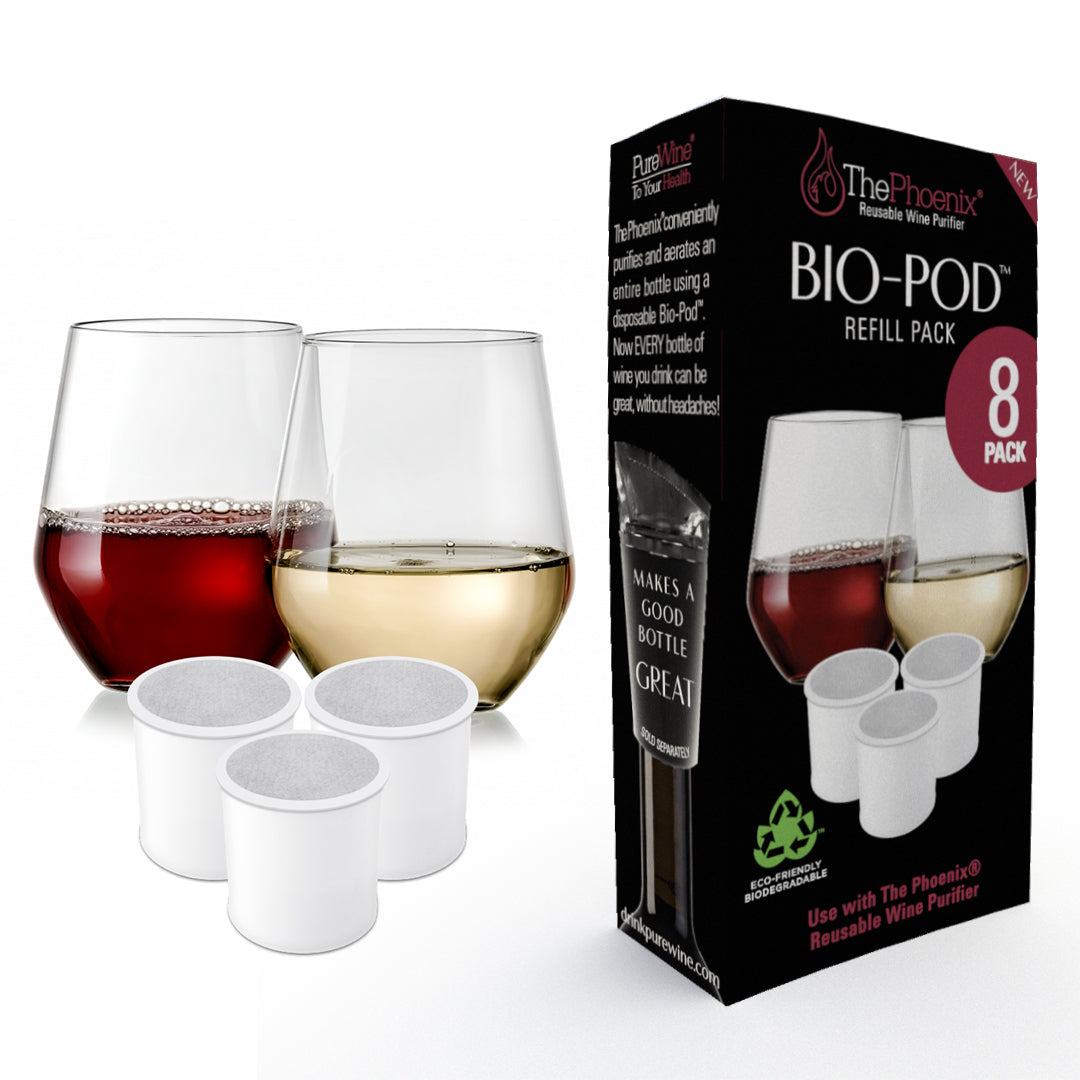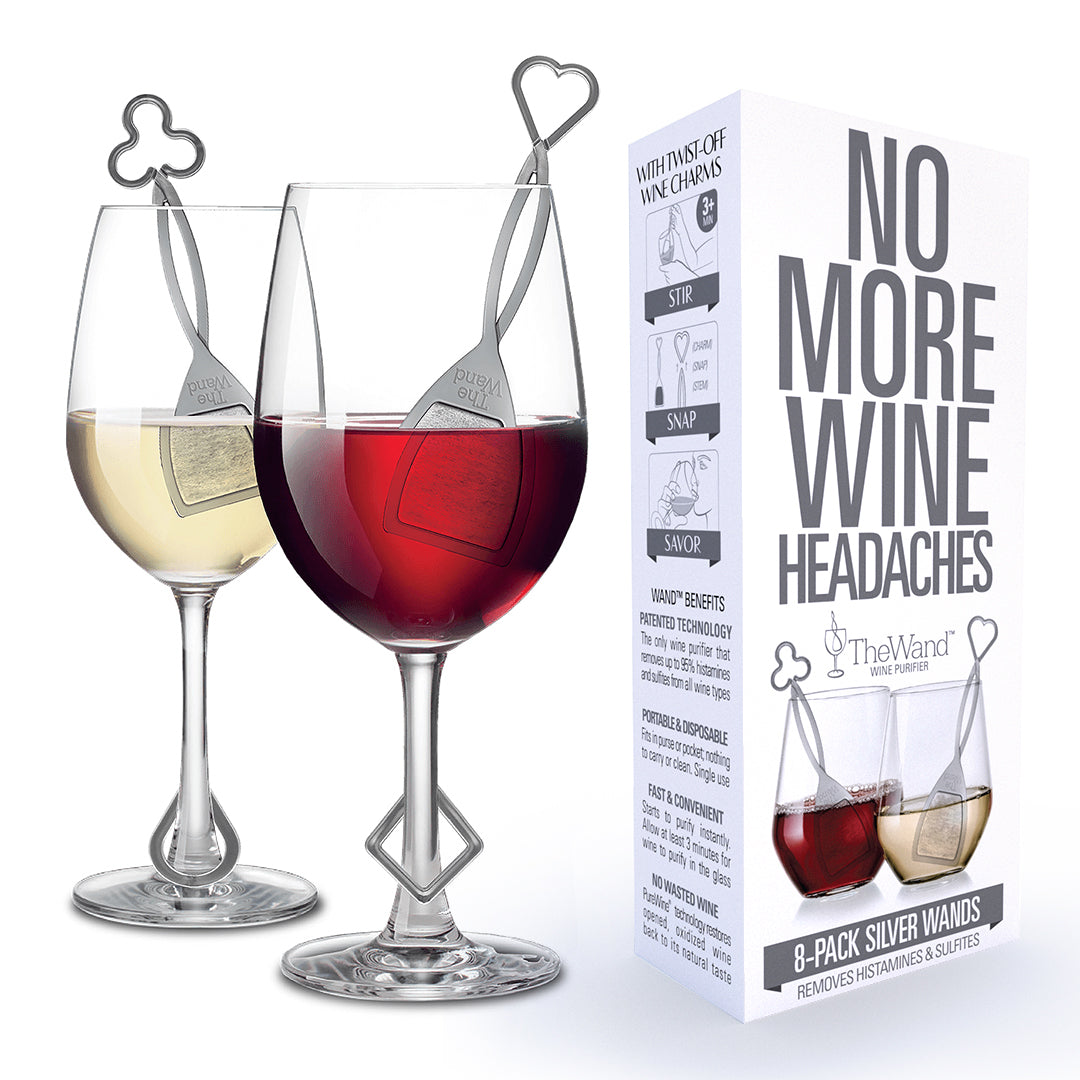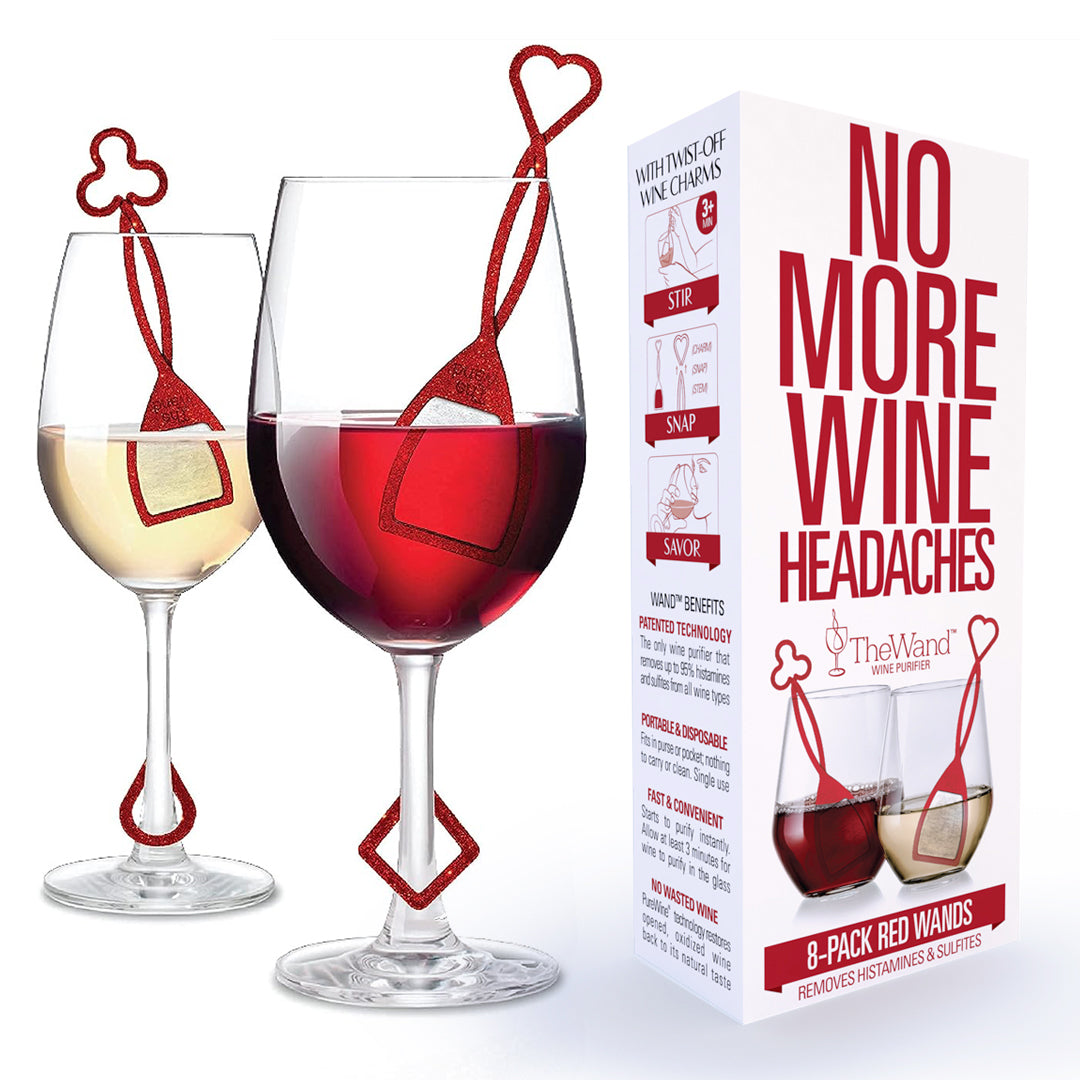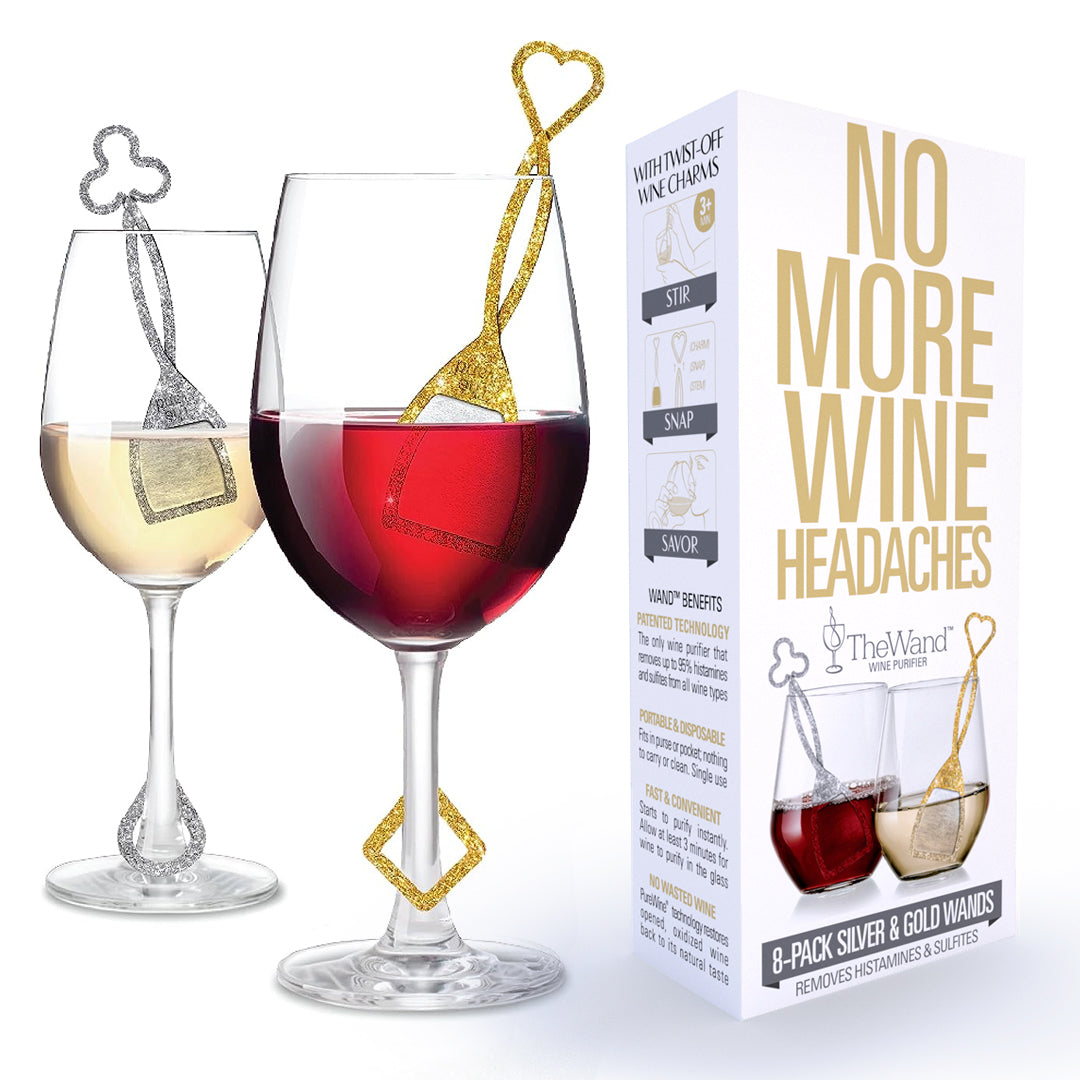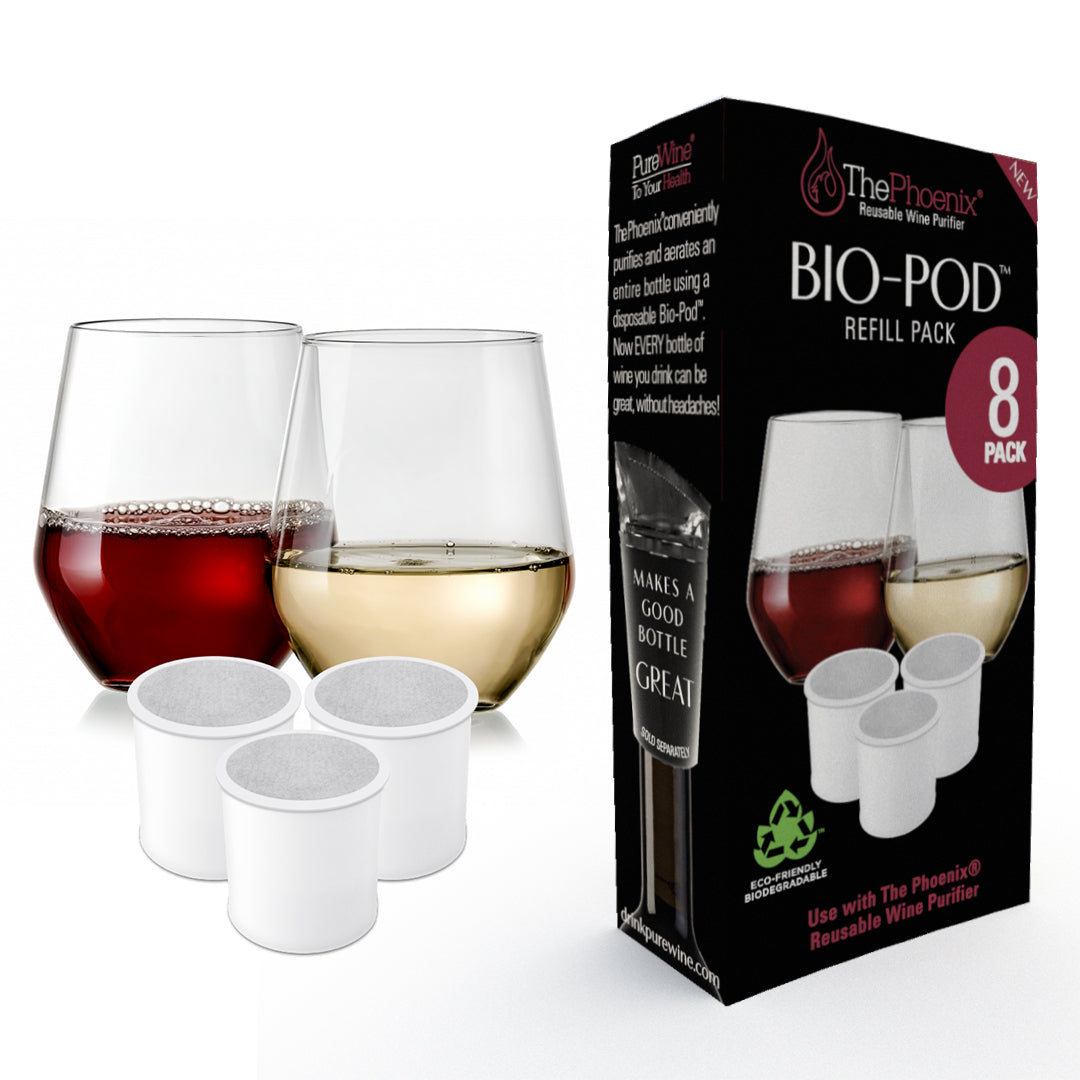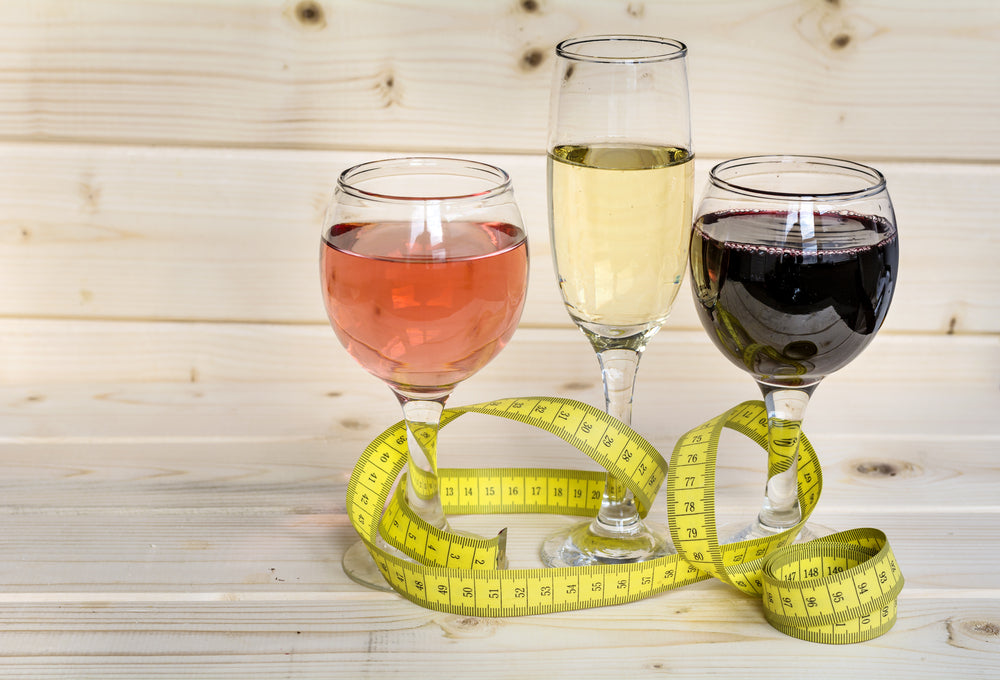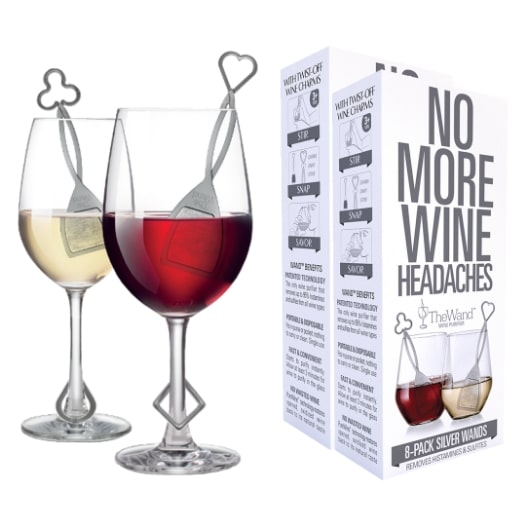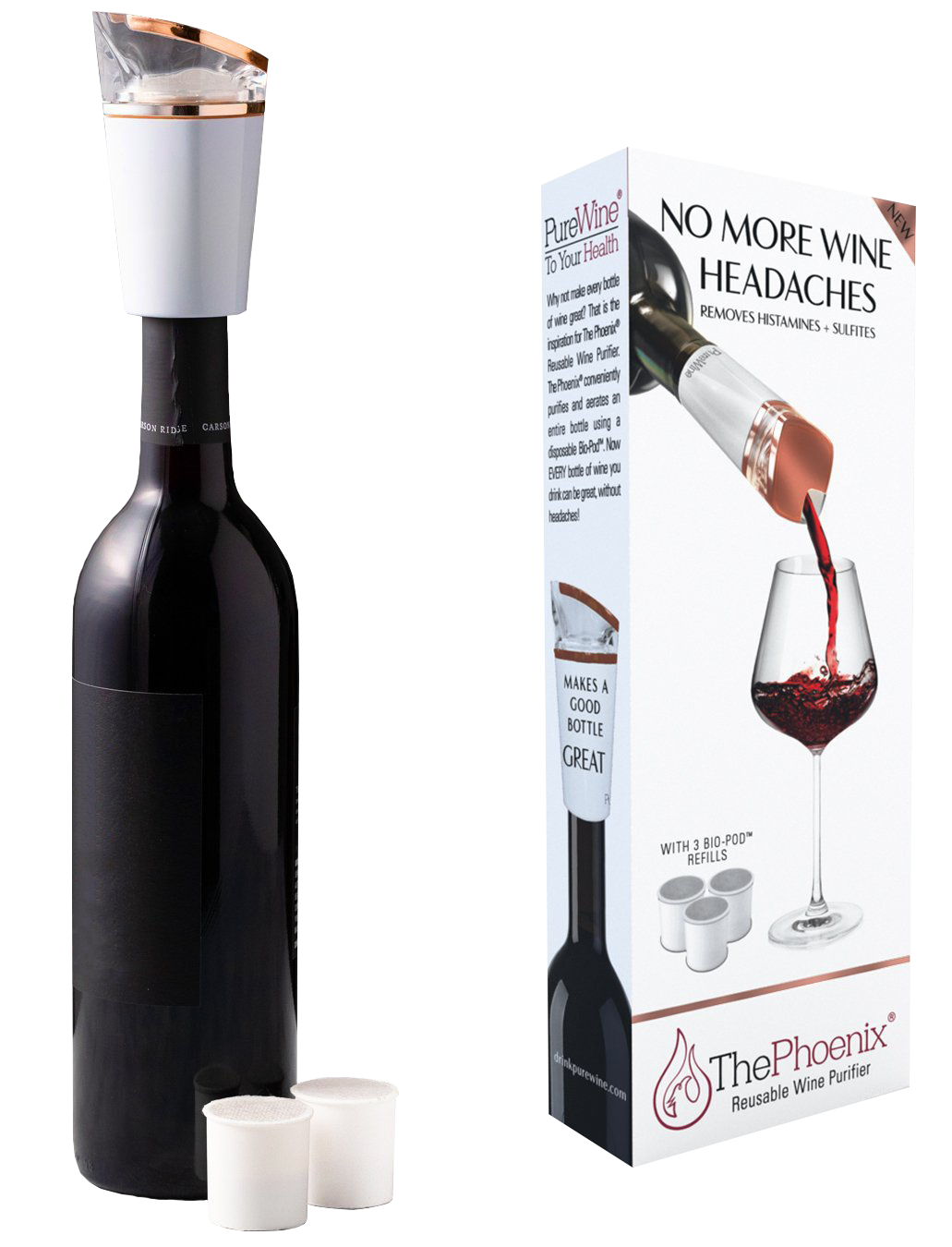Low Calorie Wine - Which Wines Are the Lowest?
A glass of wine is always a wonderful experience. However, when you consider the calories involved, you might rethink that second glass. Don't worry, we're here to talk about low calorie wine and how to stick to a healthy diet while still enjoying your favorite vino.
Wine Sugar Content
Sugars are one of the main and essential ingredients in wine because without them, wine wouldn’t exist. During the fermentation process, the yeasts turn the sugars (glucose and fructose) into alcohol (ethanol) and CO2, which is essentially how wine is formed. However, yeasts aren't always successful in eliminating all of the sugar. What's left is known as "residual sugar," and the less of it there is in the wine, the less calories the overall wine contains. Wines are categorized based on the amount of residual sugars (each gram equals four calories), as shown below:
Wine Calorie Count by Variety

Before we go any further, let's look at the average calorie content of some of the most well-known wine varietals to get a better understanding of how many calories are in a glass of wine:
Pure Wine Calorie Count Formula
How is Low Calorie Wine Made?
There are two types of low calorie wine: those made from grapes that are naturally low in sugars and those that have had the calories removed through a special process.
The most frequent method involves selecting grapes from naturally low-sugar varietals and harvesting them early in the season before the sugar in the grapes gets too high. Grapes that are left on the vine till later on the harvest season have higher sugar levels and are used to make sweet wines known as "late harvest." Grapes with low sugar levels are widely available in winemaking regions all over the world, particularly in cooler climates like Germany, where the weather conditions prevent the grapes from becoming overripe.
Dealcoholized Wine
The second method isn't widely used since it requires specialized equipment that not all wineries possess, but it eliminates the need for winemakers to limit themselves to low-calorie grapes. After the wine has matured, a portion of it is placed in a huge centrifuge, where alcohol is easily evaporated from the remainder of the liquid using heat, vacuum and nitrogen gas. As a result, the wine is somewhat de-alcoholized while remaining tasty and intact. The dealcoholized wine is then blended with the original base wine to create a low-calorie, low-alcohol drink that is nevertheless quite tasty.
Challenges to Keep Low Calorie Wine Relevant to Consumers
The main challenge that is frequently mentioned is taste. Not all consumers want the sweeter style wines that seem to be in the low-alcohol, low-calorie wines due to a lighter mouthfeel. This is because removing the alcohol and sugars often makes the wines lighter in body. A possible analogy is skim milk verses whole milk. The wine industry is still trying to figure out better ways to make low-alcohol wines taste similar enough to its original alcoholic version to have broad appeal.
Another issue is an unclear definition of what constitutes a low alcohol wine. A non-alcohol wine is normally defined as containing less than 0.5% alcohol, but a low-alcohol wine has less than 7.5% alcohol. Many of the new low-alcohol wines being released in the U.S. market between 7% and 10%, which is outside the defined range.
Given this category continues to grow, and that new brands are currently under development, it is hoped that the wine industry will be able to overcome these challenges with defining “what is a Low Calorie or Low Alcohol wine”.
Best Low Calorie Wine:
Best Low Calorie White Wine - Vidiano Natural Wine by Domaine Paterianakis
Vidiano is one of the best low-calorie white wines to try. This biodynamic wine from Greece has only 84 calories per serving (125ml), but it's not short on flavor, with rich notes of apple and honey and a crisp finish that will allow you to enjoy a second glass guilt-free. It's also organic and low in sulfites, so you won't have to worry about getting headaches from it.
Best Low Calorie Rose Wine - Oddbird Sparkling Rosé
Rosé fans should give Oddbird Sparkling Rosé a go. This wine is made using traditional methods and then spends 12 month maturing before alcohol is carefully removed. With only 19 calories per serving, Oddbird’s notes of Granny Smith apples, citrus and strawberries will magically transport you in the French riviera ready for swimming suit and a San Tropez tan.
Low Calorie Red Wine - Klean Cabernet Sauvignon
Red wine drinkers should not overlook Klean Cabernet Sauvignon. This California Cabernet offers one of the lowest calorie counts for red wines, with only 85 calories per glass. It's also almost sugar-free, with less than 1 gram of sugar per liter. With prominent notes of cherries and blackberries and a medium tannic finish, this fresh and robust wine has everything you'd expect from a Cabernet.
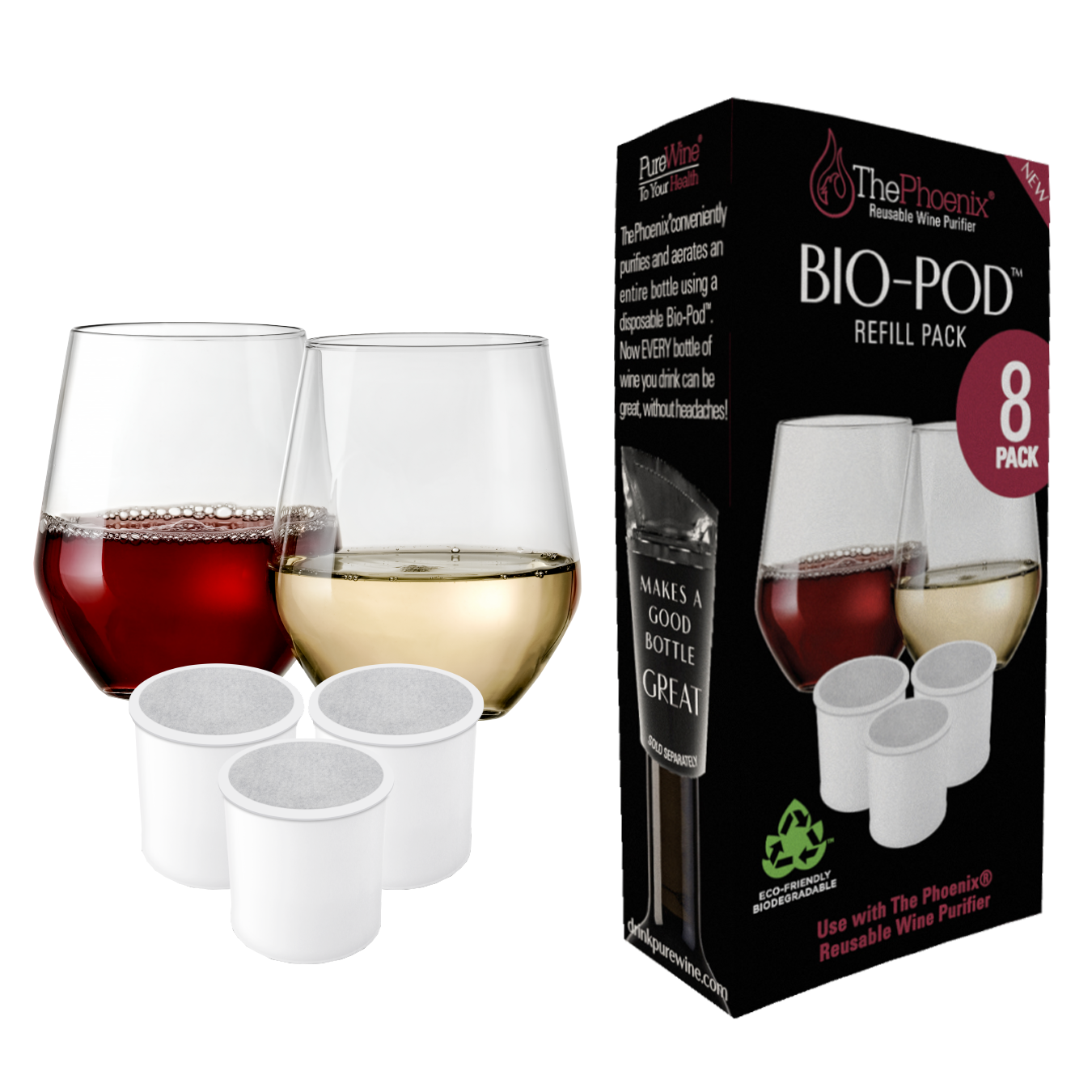
 (20 reviews)
(20 reviews)